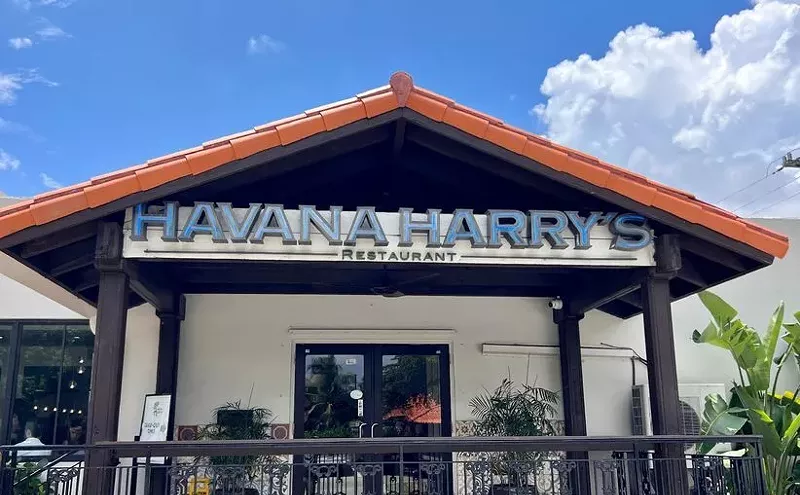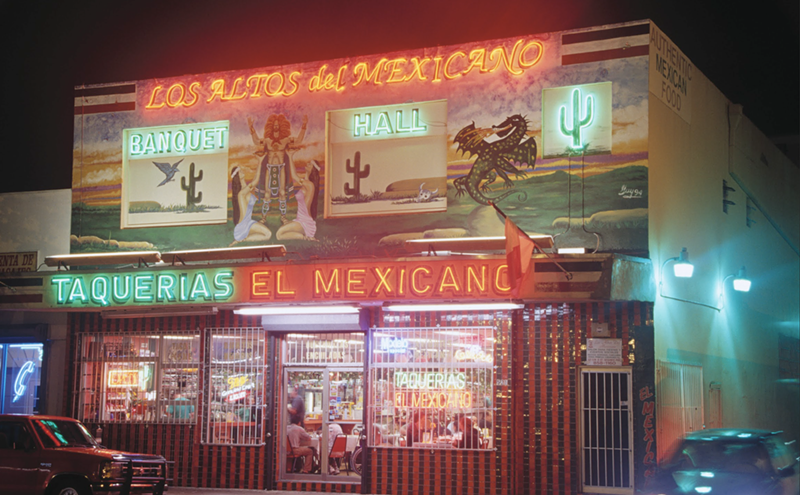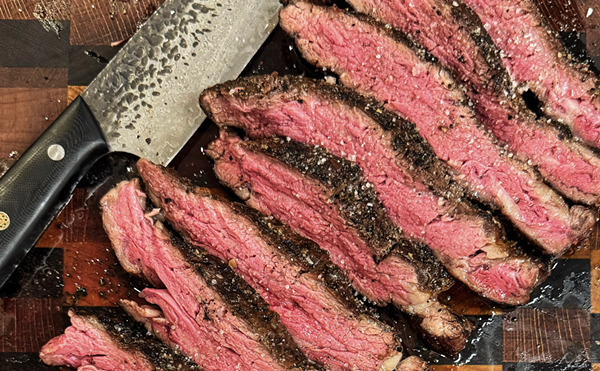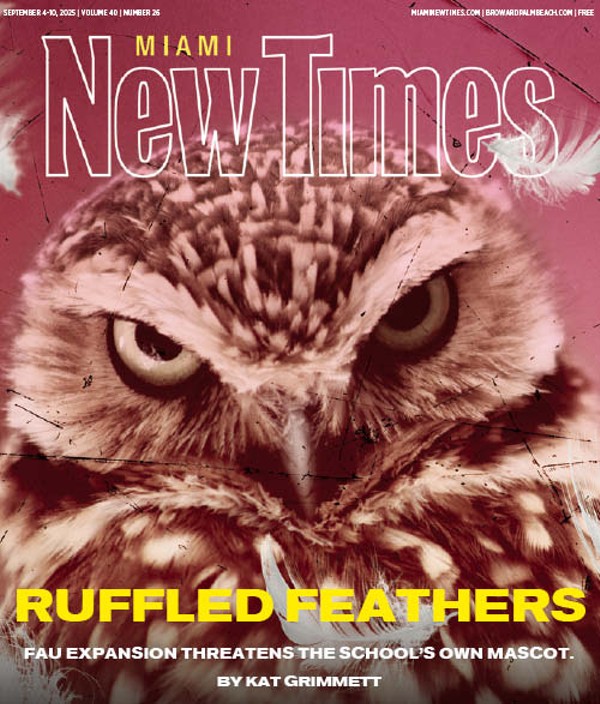Florida Agriculture commissioner Adam Putnam went on television this past weekend to warn that the giant African land snail can carry meningitis. If you eat it, that is. Who in hell would consider eating a slimy snail the size of a Chihuahua? Plenty of people, it turns out.
The snail grows up to eight inches long and four inches wide, can live up to nine years, lays 1,200 eggs annually, and will tear up any garden it touches. Originally from East Africa, these huge mofos came to Miami in the mid-'60s. It took ten years and more than $1 million to eradicate them. If you must eat them, cook them thoroughly.
John McLaughlin, an urban horticulture and parasitology specialist at the Miami-Dade branch of the Institute of Food and Agricultural Sciences, wouldn't eat one. "Just like I wouldn't eat steak tartare -- it could have E. coli," he says, "but there's no reason for people to become exceptionally paranoid." Here is a giant African land snail recipe by Tim Hayward.
And here are some other invasive species you can eat.
Asian clam
Discovered in Washington state in 1938 and making their way to South Florida a short time later, these mollusks were likely imported as a source of food. But soon enough, they started clogging water control devices. They reproduce very rapidly, and their large beds can displace food and nesting sources for native aquatic animals, such as the black crappie. Luckily their populations are controlled by ducks, which eat them. But they go great in a nice stir-fry or tasty chowder.
Bullseye snakehead
The first sighting of a Florida snakehead was documented October 5, 2000. These torpedo-looking fish now lurk in Miami-Dade's canal system. They are predatory and aggressive, feeding on mollusks, fish, frogs, and even rats. They were featured on Discovery Channel's River Monsters in 2010. Considered a delicacy in some Asian cultures, these bad boys can fetch up to $20 at an Asian fish market.
Common water hyacinth, or water orchid
An aquatic species from the Amazon basin that is now found throughout the Everglades, these pretty flowers are mostly limited to manmade structures such as canals. They grow rapidly -- doubling in size every two weeks -- and impede the flow of water-control devices. In Taiwan, the plant is eaten as a carotene-rich table vegetable.
Lionfish
These fish with venomous tentacles were first spotted off Miami's coasts in the '80s but have recently made a resurgence. A popular aquarium fish that is native to the Pacific and Indian oceans, the lionfish is very prolific and has no known natural predators in South Florida. The good news is they are edible - -not to mention tasty by some accounts -- no license is required to catch them, and there is no bag limit. Three restaurants in the Florida Keys offer the fish on their menus, including the Key Largo Conch House, which serves lionfish tacos.
Wild boar
These feral critters are pretty much all over Florida and are the second most popular large animal hunted in the state, according to the Florida Fish and Wildlife Conservation Commission. No bag limit or license is required to hunt on your own land, but there are restrictions for hunting on public land. Careful, though -- these animals are aggressive and their tusks are very sharp. What can be done with the meat is limited only to the imagination: pork roast, adobo pork, braised pork, or a good old-fashioned hog roast.
Follow Short Order on Facebook and Twitter @Short_Order.












